Film Name: 刺杀小说家2 / A Writer’s Odyssey Ⅱ
Last night I caught the IMAX preview of “A Writer’s Odyssey II,” and it was thoroughly satisfying—it definitely lived up to expectations.
I was quite fond of the original “A Writer’s Odyssey” released during the 2021 Spring Festival season, mainly because its setting and framework were quite novel—a rarity in domestic Chinese films. This laid the groundwork for my anticipation of the sequel. “A Writer’s Odyssey 2” takes a significant leap forward from its predecessor: not only have the special effects been upgraded, but the story is now compelling, and even the absurdly over-the-top scenes are taken to new heights.
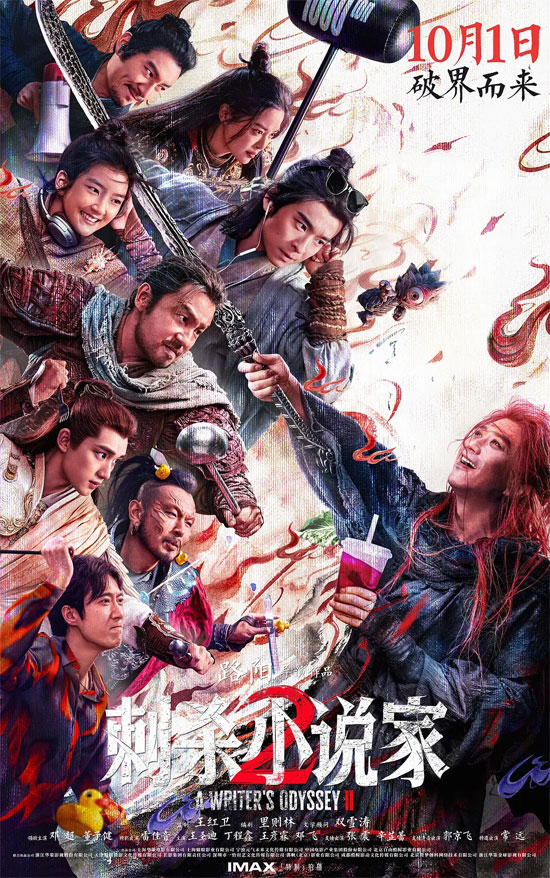
In my opinion, this is exactly how “A Writer’s Odyssey II” should be made. What domestic films and Chinese fantasy currently lack most are works that dare to experiment, can pull it off, and know how to do it. Director Lu Yang and the “A Writer’s Odyssey 2” team, armed with such excellent resources, have absolutely no need to tiptoe around preserving the boundaries between worlds and dimensions. Only by completely shattering those barriers and allowing them to intermingle can we discover just how many new tricks blending genres and pushing boundaries can conjure up.
Isn’t this very sense of wonder and the unknown precisely why we watch big-budget commercial entertainment films?
[Friendly reminder: Spoilers ahead.]
As is customary, before diving into the story, I’ll first touch on the film’s technical aspects like visuals and special effects—areas where “A Writer’s Odyssey 2” clearly deserves special mention.
Back when “A Writer’s Odyssey” debuted, its special effects already stood among the best in domestic cinema, with concept design and attention to detail that were truly impressive. This sequel takes things even further.
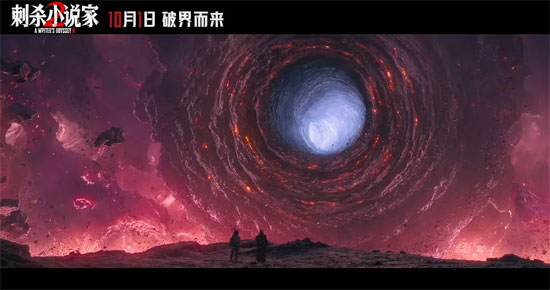
A Writer’s Odyssey 2 comprehensively expands the worldview and map from the novel Godslayer. Not only has the Cloud City grown tenfold, but it also introduces numerous new landscapes—swamps, snowfields, deep ravines—blending the fundamental features of Earth’s most inhospitable realms with the unique characteristics of the novel’s fictional world.
The most striking element is undoubtedly the barrier through which Kongwen and the Red-Haired Demon journey to the “World of Gods.” Resembling a wormhole, the “Primordial Secret Realm” (entirely created with special effects, as filming on location was impossible) perfectly captures our imaginative vision of such a gateway between dimensions.
Beyond this, “A Writer’s Odyssey 2” boldly introduces various intriguing “fan creations” within the “Godslayer” universe.
For instance, after exploring the “World of Gods,” Red-Haired Demon returns to construct the Red-Haired Wealth Center modeled after a corporate skyscraper, even creating a manually propelled automobile for transportation…
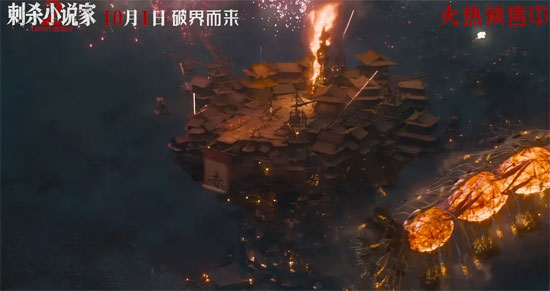
Since this isn’t a truly independent, virtual world, even the most outlandish elements possess a fundamentally plausible explanation.
Simultaneously, the film efficiently fills in the narrative gaps of “Godslayer,” fleshing out its world-building and character backstories. Compared to the somewhat fragmented revenge plot of the first installment, “A Writer’s Odyssey 2” flows remarkably smoothly:
The Five Tigers of the Clouds, brothers turning against each other, empty vows of vengeance, the battle for city lord, Red Hair’s return, and the path to slaying the gods—all presented with crystal-clear clarity and accessible storytelling. The sequence recounting Red Hair and Kyuten’s past, rendered in vibrant ink-wash animation, is simply stunning—both the concept and execution are masterful!
The action sequences are another standout strength. Building on grounded combat, “A Writer’s Odyssey 2” incorporates fantasy-appropriate special effects. For instance, the Cloud-Piercing Dragon wields a near-immortal resurrection technique, which manifests as a flaming attack when using his spear—a “countering injury with injury” tactic to gain the upper hand.
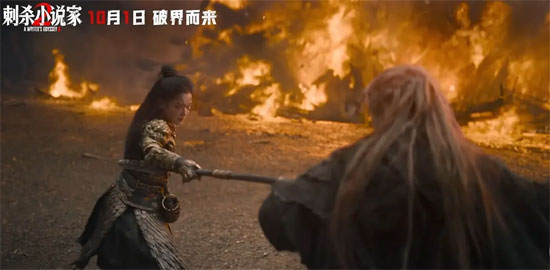
While watching, I kept thinking, “They actually pulled this off.”
Truthfully, many scenes and concepts in “A Writer’s Odyssey 2” aren’t groundbreaking—be it the ancient city illusion or arcane arts like Stone Armor, Invisibility, and Gluttony. These are commonplace in anime and even run-of-the-mill staples in novels… Yet they’re surprisingly rare in high-caliber films.
Add to that its rich Eastern aesthetic and Chinese fantasy roots, and you’ll find that this niche rarity alone makes “A Writer’s Odyssey 2” worth every penny of the ticket price.
Now let’s discuss the narrative thrills: In “A Writer’s Odyssey,” the real world and the fictional world were fundamentally disconnected, merely connected through a series of ‘coincidences’ to create mapping and connections. Essentially, they were two independent stories. “A Writer’s Odyssey 2,” however, begins to organically fuse the two worlds, no longer confined by the boundaries between reality and fantasy. They can now influence each other, even becoming two sides of the same coin.
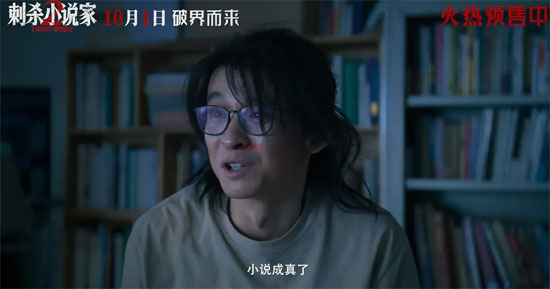
In real life, the novel “Godslayer” was plagiarized by “Cicada,” yet Lu Kongwen ended up being labeled the plagiarist. He endured six difficult years. When ‘Cicada’ decided to write “Godslayer 2,” he once again sought to exploit Lu Kongwen. Driven by the desire to make money and find his own worth, Lu Kongwen stepped into the next trap.
The novel “Godslayer 2” reflects Lu Kongwen’s impatience and utilitarian mindset. The Red-Haired Demon returns from the dead, seducing the young Kongwen to join him on the path of godslaying.
Frankly, the stories in these two worlds feel somewhat contrived when viewed separately. Yet when woven together, they create a powerful synergy.
The Red-Haired Demon embodies Lu Kongwen’s inner desires and darkness—greed, obsession, and insatiable cravings. Though long written dead, his specter lingers relentlessly, ultimately triggering the launch of “Godslayer 2.” Driven by traffic and profits, Lu Kongwen unconsciously killed off Tong Hu, making the Red-Haired Demon even more powerful. In the novel, the author who holds absolute power over life and death is the perfect “god.” The more enthusiastically Lu Kongwen wrote, the more he craved to slay that god, and the more the Red-Haired Demon sought to devour him.
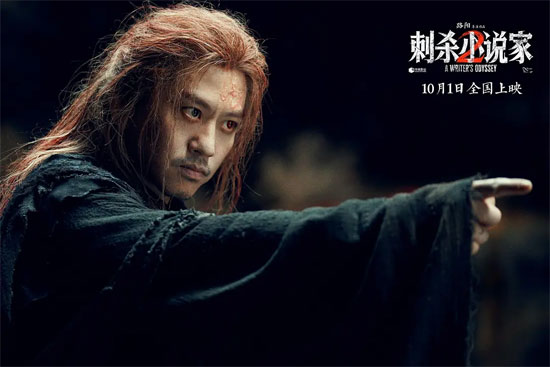
I interpret this intense consciousness within Lu Kongwen as a form of psychic power—so potent it enables characters within the novel to evolve autonomously, even to the point of influencing their creator.
Ultimately, after breaching a critical threshold, Lu Kongwen opened a gateway through time and space, simultaneously losing control over his fictional characters. They gained independent consciousness and agency.
From this point, the narrative of “A Writer’s Odyssey 2” underwent a fundamental shift. The “character arcs” that should have remained under control completely malfunctioned: the young Lu Kongwen truly crossed dimensions to slay the god (kill the author), while the Red-Haired Demon defied the author’s written demise and secretly infiltrated the realm of the gods.
Moreover, this bizarre twist and its unfolding remained internally consistent within the film’s narrative logic. For six years, Luo Kongwen has seethed over his novel being plagiarized and exploding in popularity under another’s name. Now, six years later, he refuses to be manipulated by “Cicada” once more. The Kongwen and Red-Haired Demon within the novel, too, refuse to accept a god arbitrarily controlling their futures.
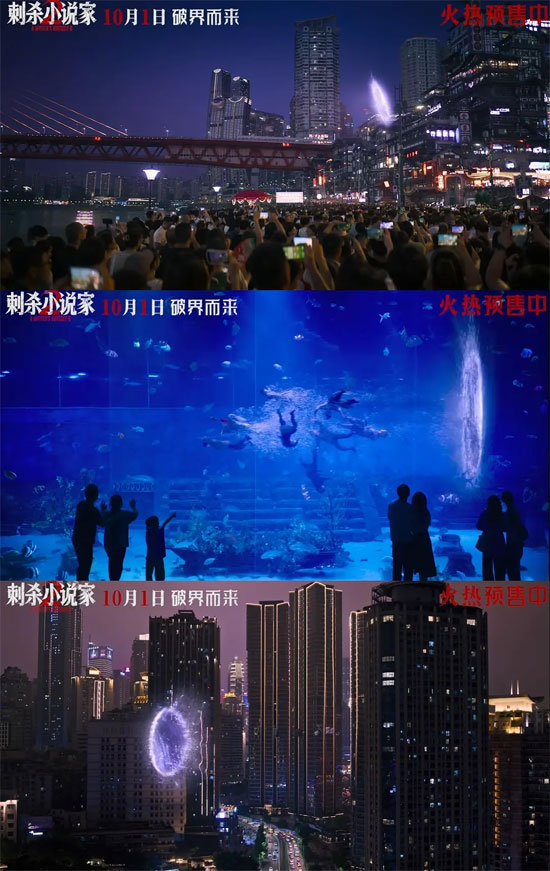
No one willingly surrenders control over their own destiny.
While granting novel characters independent personalities adds intrigue, it would be unsatisfying if the “Creator God” lost all authority. Thus, the film’s climax redefines Lu Kongwen’s capabilities within the “God-Slaying” world: he can no longer dictate characters’ actions or fates, but retains control over natural phenomena and the creation of world-building elements.
This sets the stage for the iconic showdown between keyboard warrior Lu Kongwen and the pseudo-god Red-Haired Demon (if fists won’t work, strike them with lightning!), culminating in the rescue of Jiutian and others from the demon’s Heart Tree dimension.
Having gone this far, why not go even bigger? Sure thing—let’s take the novel characters on an infinite journey through Chongqing City.
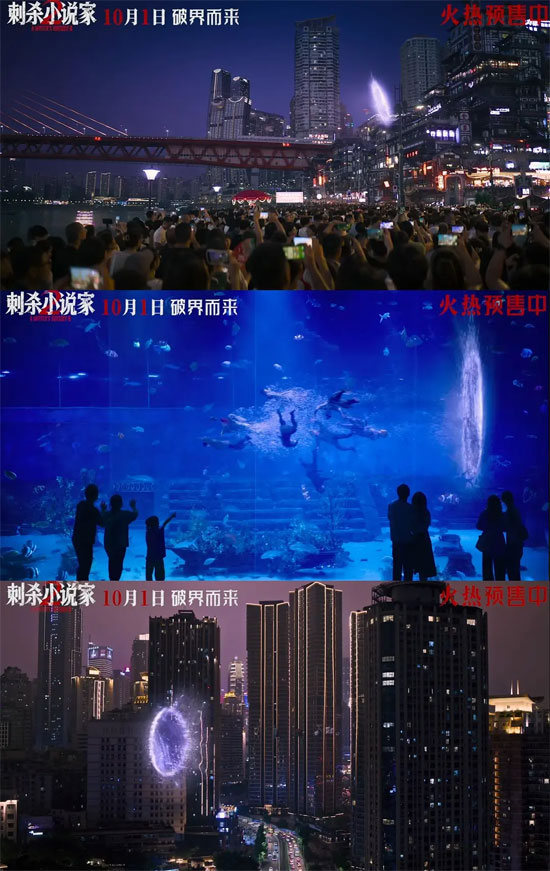
Lu Kongwen unleashing his ultimate move to continuously teleport people is the craziest, most absurd, and most laugh-out-loud scene in the entire film. To me, it shares the same ingenuity as the blue-fire Gatling gun and the “In the name of the moon, I’ll finish you!” from the first “A Writer’s Odyssey.”
Both are wild, but if the former represents the absolute authority and boundless imagination of real-world text in a virtual realm, the latter embodies the unrestrained freedom and total abandon that comes from blurring reality and fiction.
Of course, I understand not every viewer will grasp this somewhat nonsensical, leap-of-faith thinking. But once you accept it, it’s genuinely delightful.
Chinese fantasy remains a vast, largely unexplored treasure trove. Only a handful of well-known IP frameworks like Journey to the West and Investiture of the Gods have truly broken through—and they’re all steeped in ancient aesthetics… One major draw of the “A Writer’s Odyssey” series for me is its exploration of new forms and boundaries within Chinese fantasy.
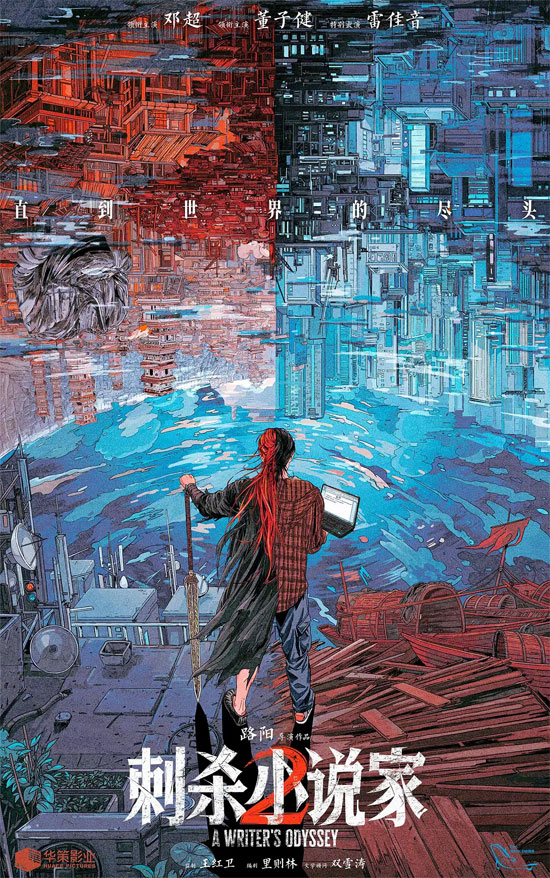
Now, “A Writer’s Odyssey II” has finally fulfilled an indescribable yet ever-present desire within me: to see where the edges of those worlds lie.
Please specify:Anime Phone Cases » A Writer’s Odyssey Ⅱ 2025 Film Review: Finding the right path for Chinese fantasy